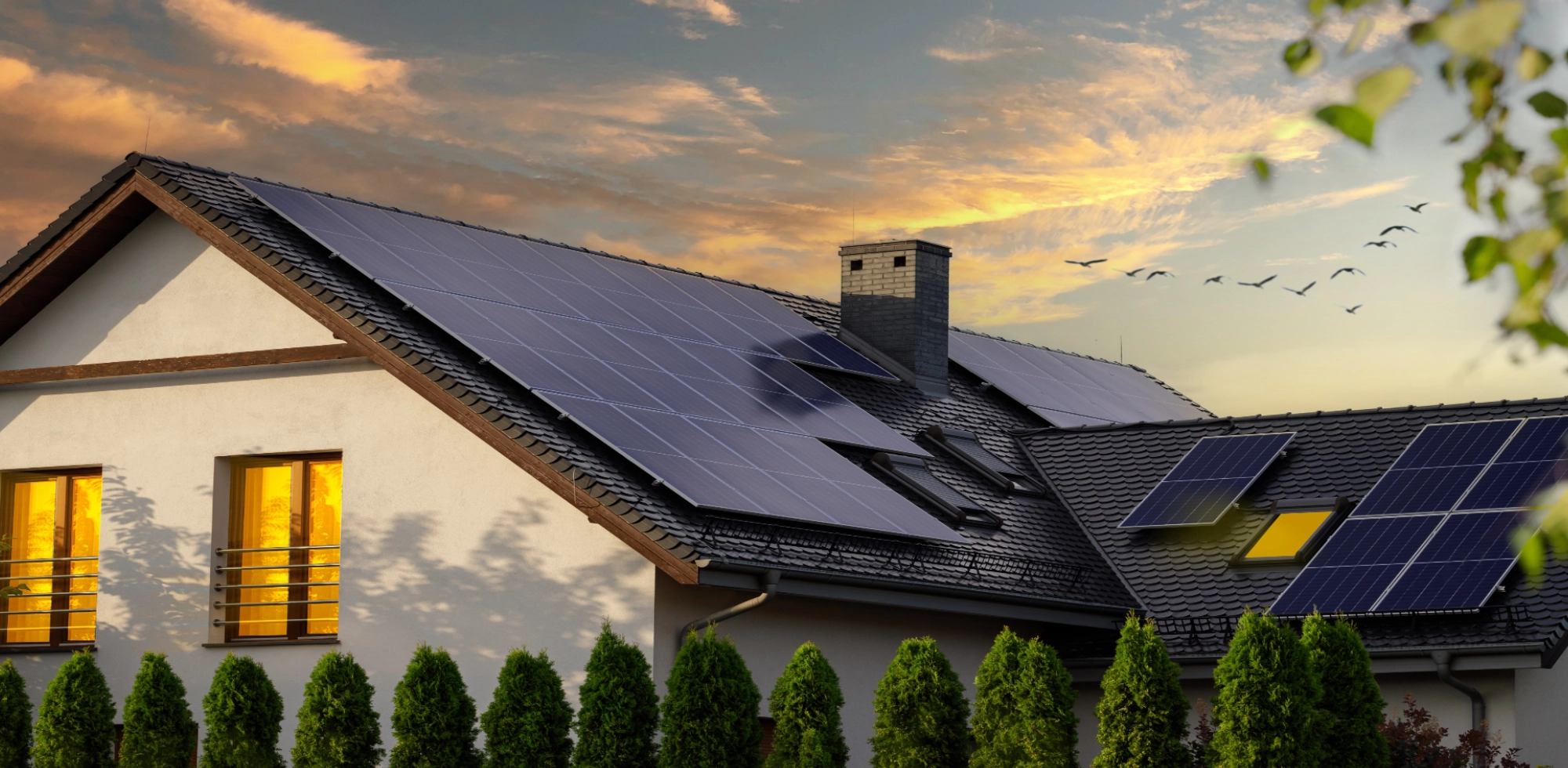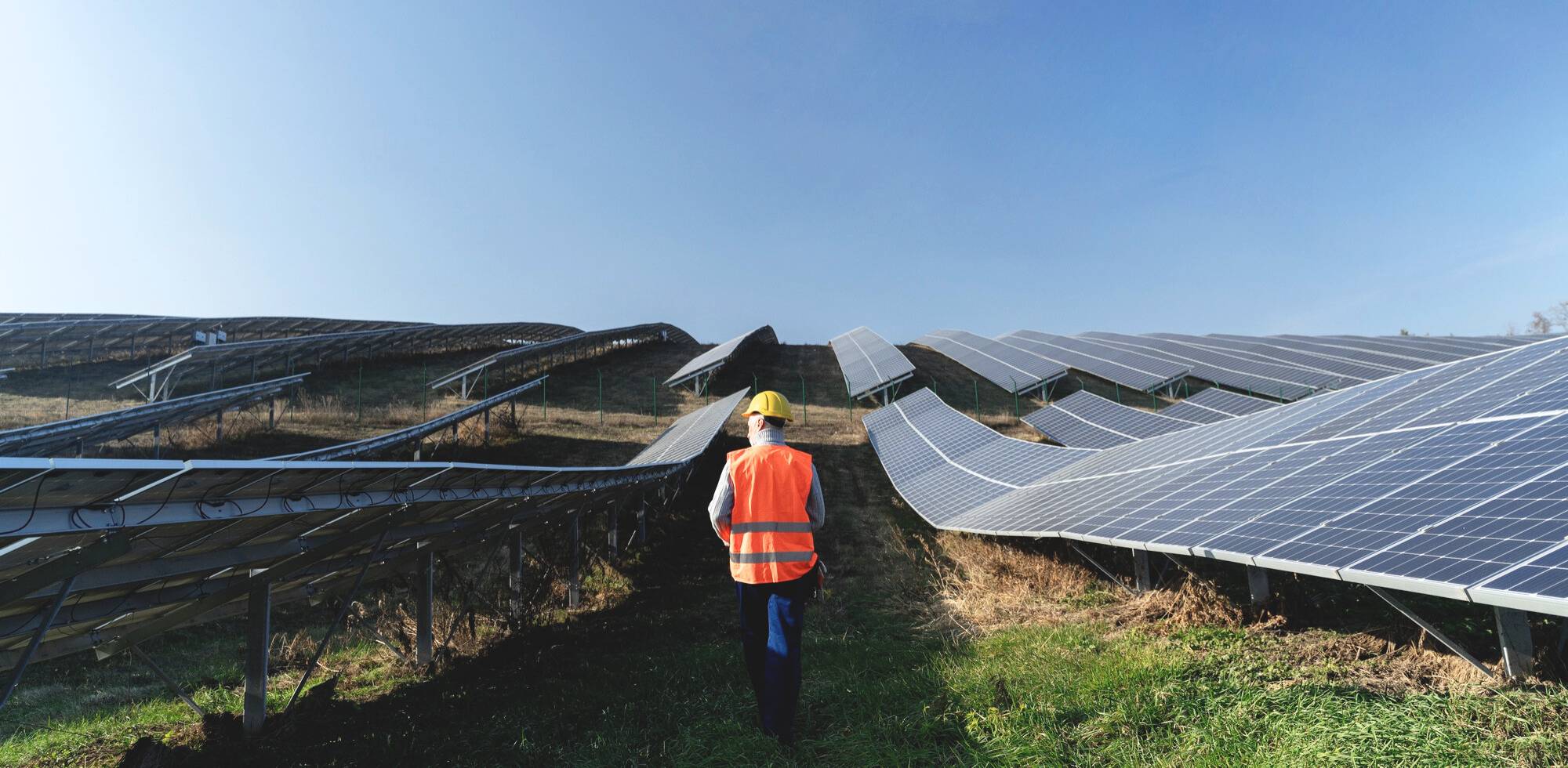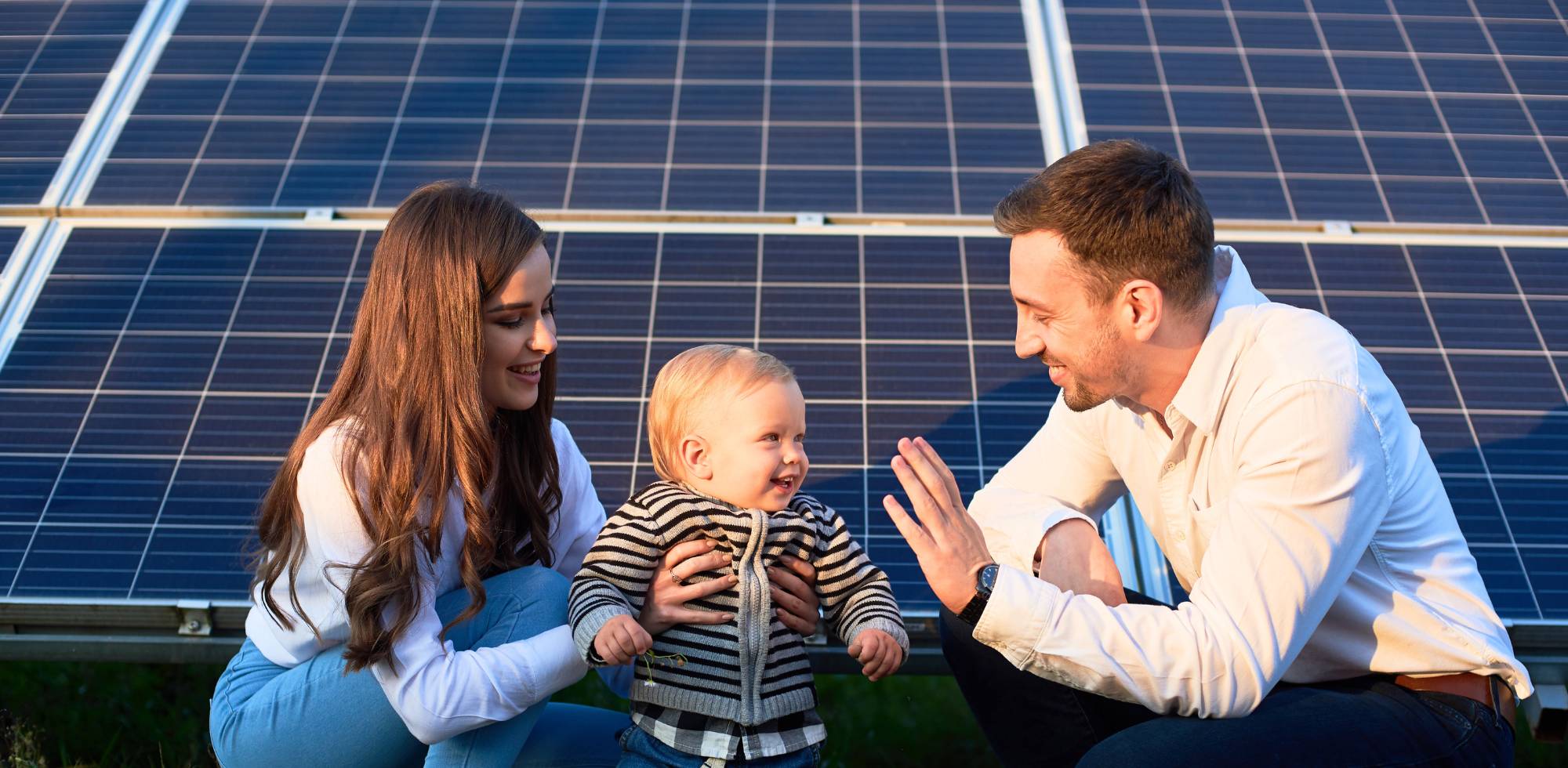At the end of February 2025, the Ministry of Economy of the Republic of Croatia adopted a draft of amendments to the Law on Renewable Energy Sources, which brings significant changes for the owners of solar power plants. One of the key changes is the abolition of netting, i.e. the offsetting of excess produced energy with consumption from the network. This is an important step towards a new energy strategy, and at the same time an opportunity to understand what this change means for end users.
What is netting?
Netting is a system that allowed households with installed solar power plants to send excess energy that they produced but did not use back into the grid. That committed energy was compensated with the consumption that households had from the network.
It was conceived as a way for the owners of solar power plants to reduce their electricity bills, as their excess energy would cover the cost of the energy they withdrew from the distribution grid.
For example, when the sun was at it's strongest and households were away (at work or on vacation), the solar power plant would produce more energy than the household could use. This excess energy would be sent to the network, and later only what was necessary would be paid for the energy withdrawn from the network, given that the excess was covered through netting.
What does the elimination of netting mean?
- According to new amendments to the Renewable Energy Sources Act, netting will be abolished on January 1, 2026.
- From that moment on, households will no longer be able to "offset" the excess energy they produce with what they draw from the grid.
- All owners of solar power plants will be treated equally, regardless of how much energy they have delivered to the grid or how much they have withdrawn.
Instead of the current system, the new rules provide that the excess produced energy that goes into the grid will be purchased at a lower price. This means that solar plant owners will sell their energy to the distribution grid at a lower price than they pay when they withdraw energy from the grid.
Unfortunately, this will result in higher costs for households that depend on grid energy, as the cost of the grid fee will be calculated on the total amount of energy taken in, regardless of how much energy they previously delivered to the grid.
What does this mean for you, future owners of solar power plants?
Although the abolition of netting will mean changes in the way solar owners take advantage of their systems, investing in solar energy is still profitable. With the constant decline in equipment and technology prices, installing solar power plants is becoming more affordable than ever before.
Also, even without netting, solar energy offers long-term savings because households can reduce their dependence on the public electricity grid and thus reduce the amount they pay for energy.
For those who have not yet decided to install a solar power plant, we are offering more favorable prices for our solar power plants until May 1, 2025. If you decide to install a solar power plant before the end of 2025, you can take advantage of a favorable energy purchase system, which includes preferential electricity purchase for a period of as much as 10 years. This incentive will allow you to return your investment in a shorter period of time, until the law comes into force and brings changes.
Although the abolition of netting may bring some negative changes for solar power plant owners, it is clear that investing in solar energy remains profitable, especially in the context of the global drive towards sustainable and renewable energy sources.
If you have a free roof and want to take advantage of solar power plants, now is the right time to decide to install them.
Start the process of getting your own solar power plant with our solar calculator and take advantage of favorable offers until 01.05.2025.



